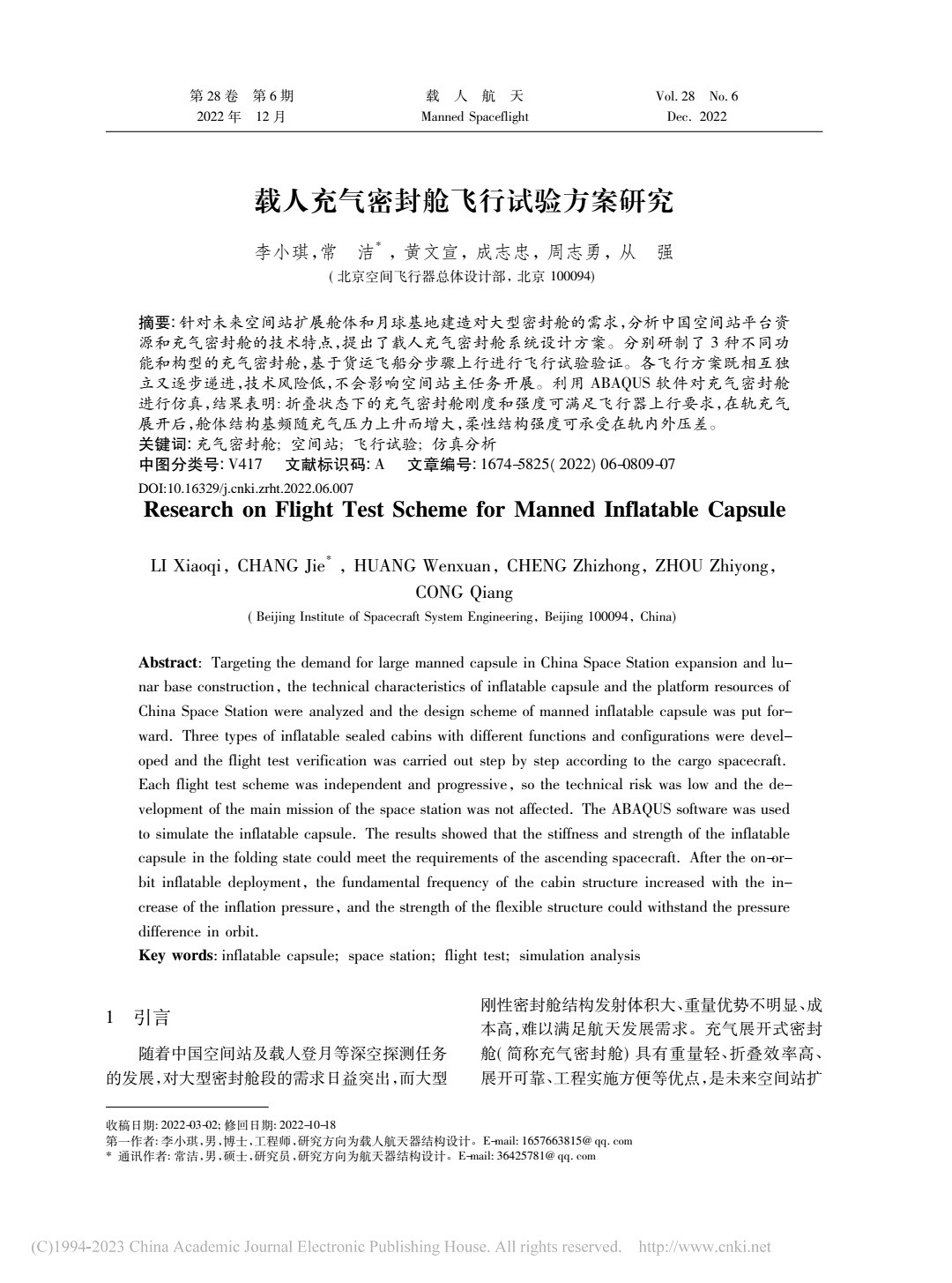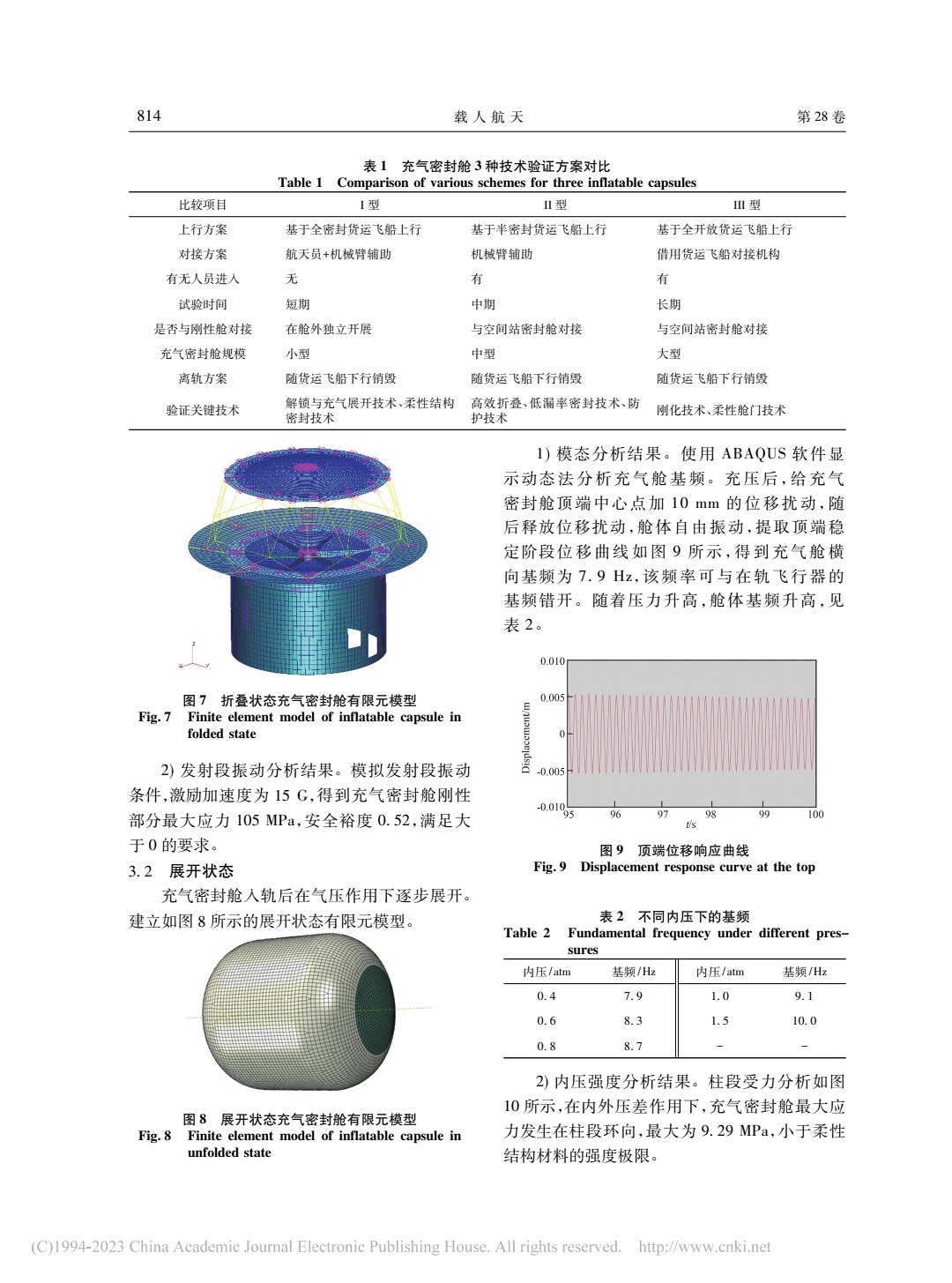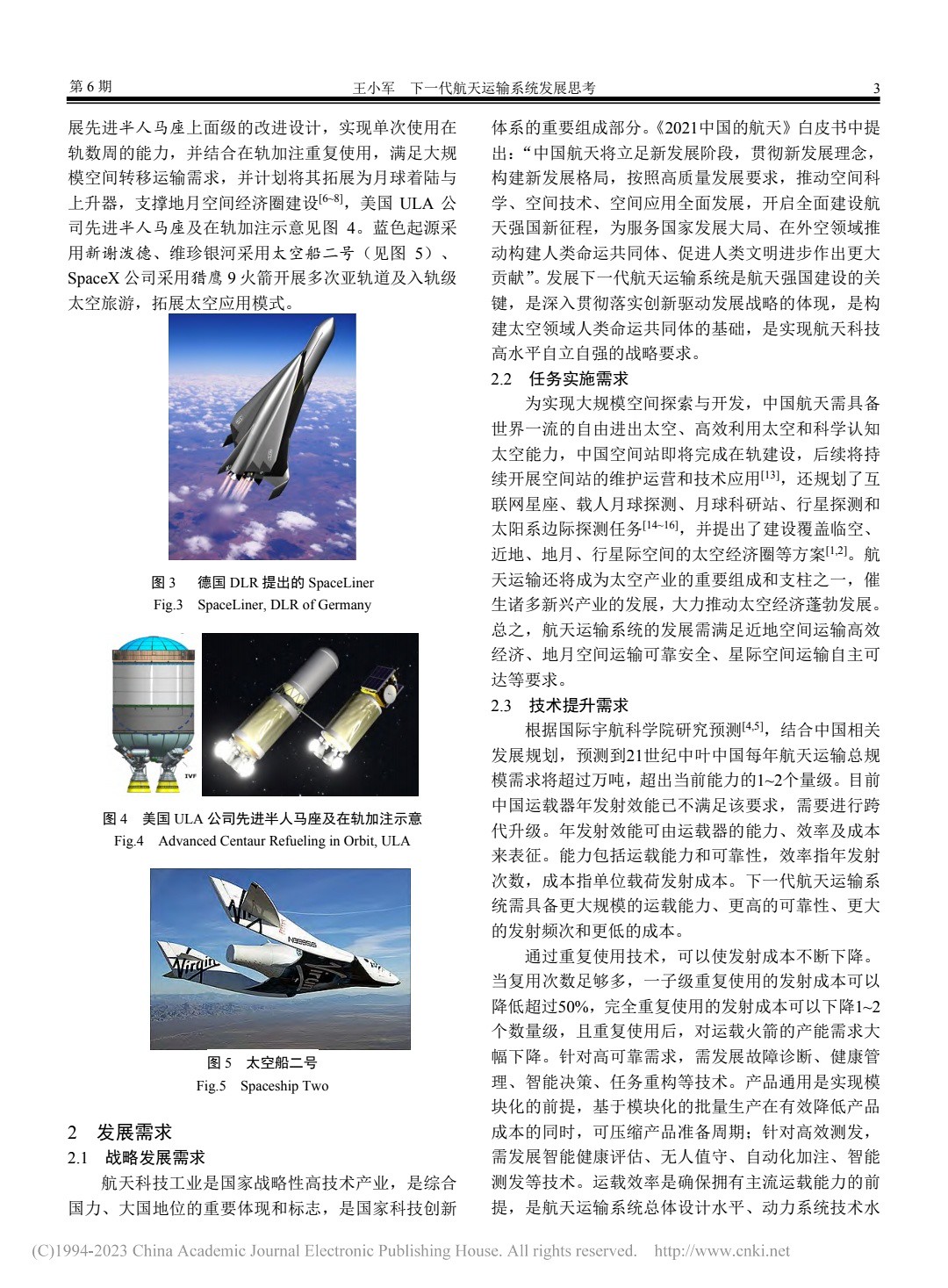Images of an academic paper, which I don't have access to. I don't have time to translate this, so someone please give it a go.
Here is the translation.
Develop a new generation of manned launch vehicles and heavy launch vehicles to achieve leapfrog development in carrying capacity and meet the needs of major national projects.
The new generation of manned launch vehicle is a highly reliable and safe manned rocket newly developed for launching China's new generation of manned spacecraft and lunar lander according to the long-term development plan of China's manned spaceflight project. Increased from 8.2t to 27t, filling the gap in China's manned moon landing capability. According to the development plan of China's launch vehicle type spectrum, heavy-duty launch vehicles are the core symbol of the next generation of launch vehicles, supporting China's lunar orbit carrying capacity to reach 50 tons, filling the gap in the low-earth orbit carrying capacity of 100 tons, achieving leapfrog development, and meeting deep space exploration Medium and long-term development needs such as large-scale transportation in near-earth space.
It is estimated that by 2035, the number of launches in China will exceed 100 times, and the mass of launches into orbit will reach more than 1,000t. In particular, the launch missions of medium and low orbit networks will show explosive growth, and there is an urgent need to improve the capabilities, efficiency and reliability of launch vehicles in service. . Develop a general-purpose hydrogen-oxygen final stage, adopt the YF-75D engine, adapt to the large-size fairing, optimize and upgrade the new generation of medium-sized rockets, and improve the carrying capacity of the SSO orbit and the GTO orbit. Focusing on larger-scale and higher-frequency space activities in the future, the construction of a space transportation system with a complete system, reasonable distribution, and excellent performance is mainly divided into the following three steps:
Step 1, develop a vertical take-off and landing-based repetitive Use launch vehicles. In order to significantly reduce the cost of entering and exiting space, improve product turnover efficiency, support high-frequency launches of mainstream loads for military and civilian businesses and global extremely fast transportation services, on the basis of a new generation of launch vehicles, develop a sub-stage vertical take-off and landing launch vehicle with a carrying capacity covering new Generation launch vehicle.
The second step is to develop a lift-type flyback reusable vehicle. The lift-type rocket-powered carrier adopts the vertical take-off/horizontal landing method, and uses the liquid oxygen hydrocarbon engine as the main power. After flight verification, the technology is relatively mature, and it has the conditions for engineering application in a short period of time. The lift-type reusable carrier is used in combination with the vertical take-off and landing reusable first-stage rocket to achieve two-stage complete reusability, and initially has the engineering application capability of space-to-ground transportation.
The 3rd step, develop combined power aircraft. Taking advantage of the characteristics of combined power in different airspaces and speed domains and the advantages of fast and convenient access to space, explore and verify technical fields such as overall optimization, horizontal re-entry GNC technology, and combined power mode switching. It is expected that it will have engineering application conditions in the middle of the 21st century. . In order to improve the comprehensive performance of the propulsion system, different propulsion systems are organically combined to make the aircraft have better working performance in the entire flight range. Wide-envelope flight, large-scale fuselage and complex aerodynamic layout are typical characteristics of combined power aerospace vehicles. Therefore, in addition to power system design, in order to realize the engineering development of combined power aerospace vehicles, it is necessary to break through a series of key technologies such as aerodynamic layout, airframe/propulsion integration, thermal protection and management, guidance, control, and ground measurement and control. .
Source: "Thoughts on the Development of the Next Generation Space Transportation System" Wang Xiaojun China Academy of Launch Vehicle Technology















